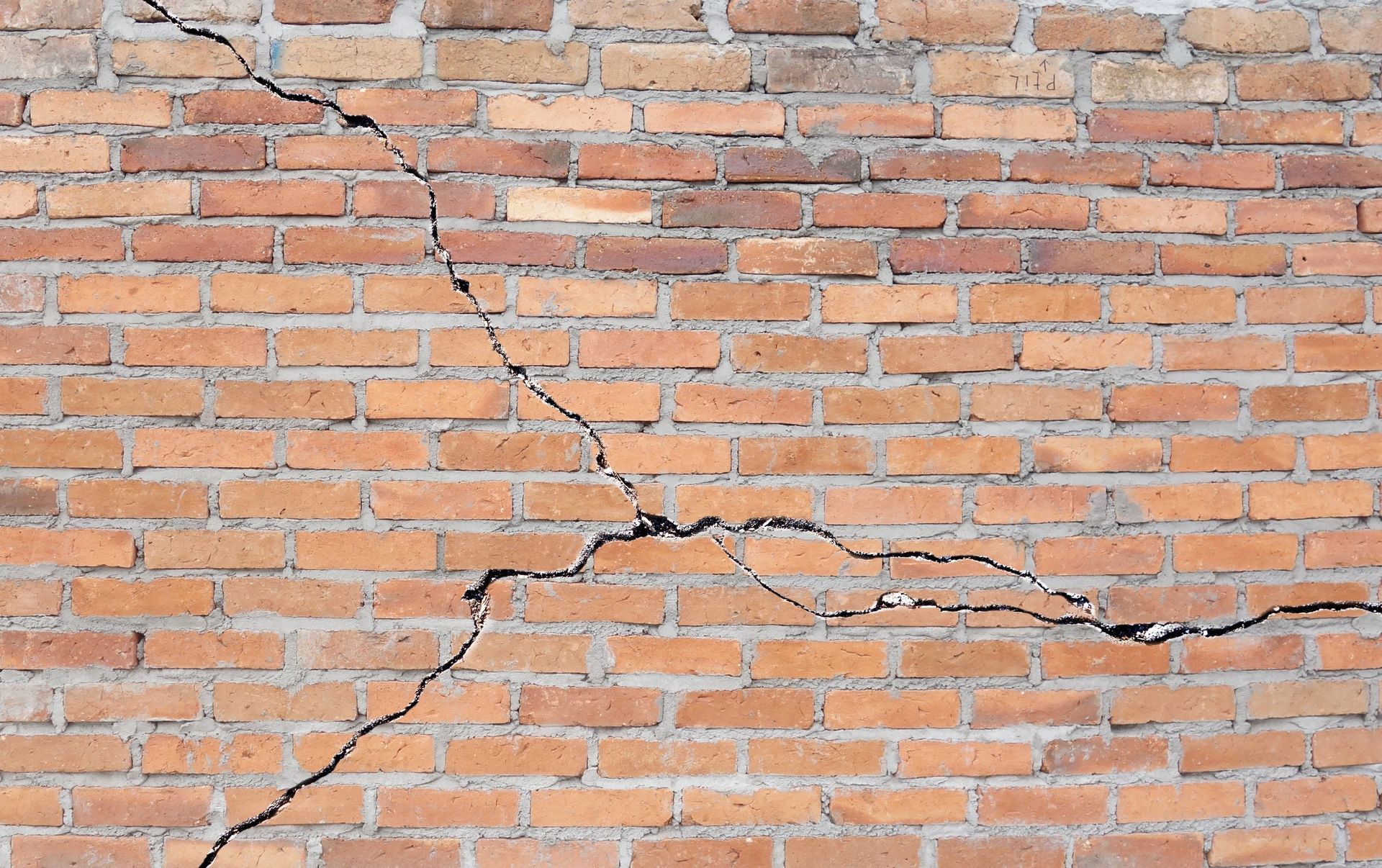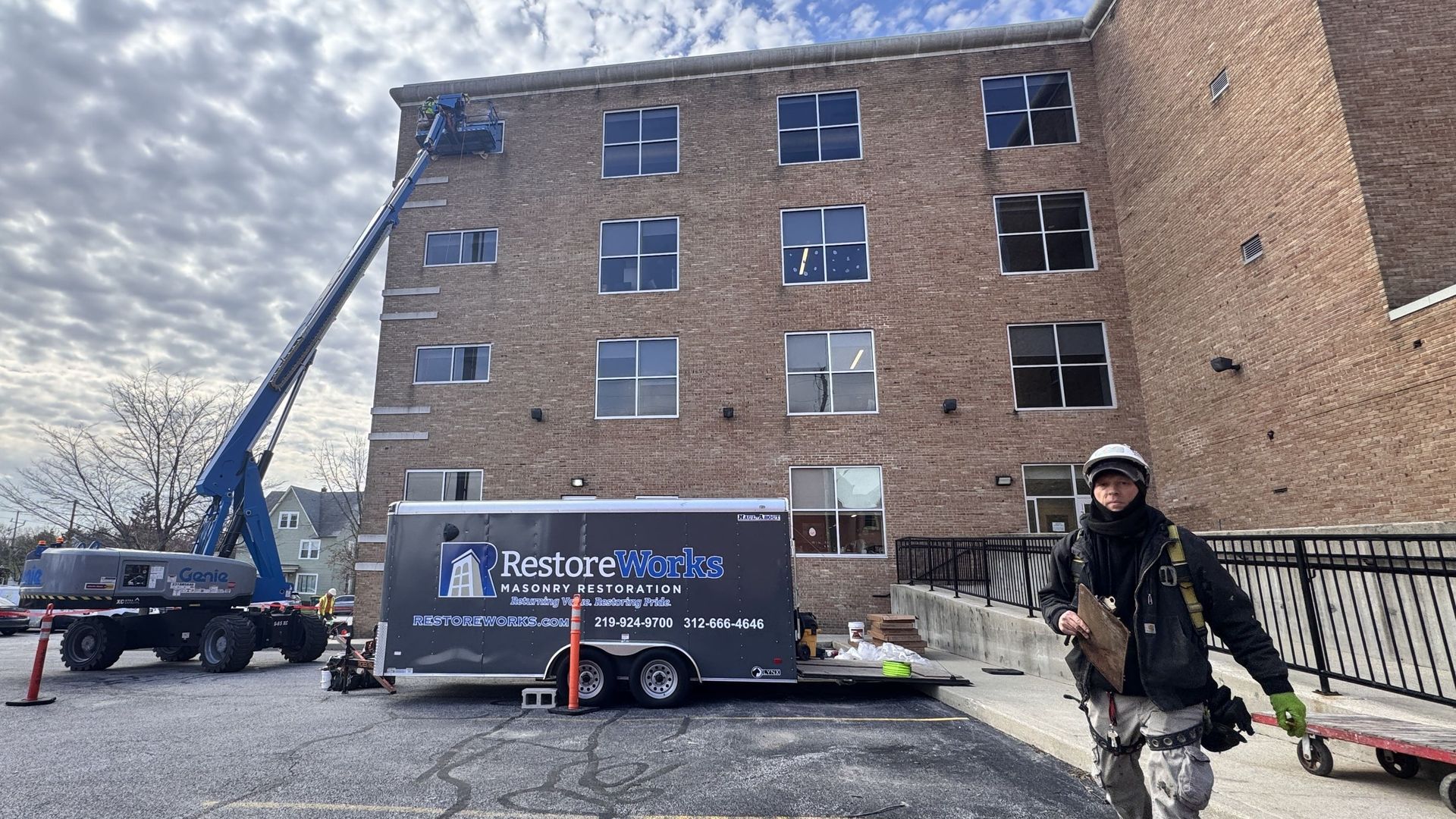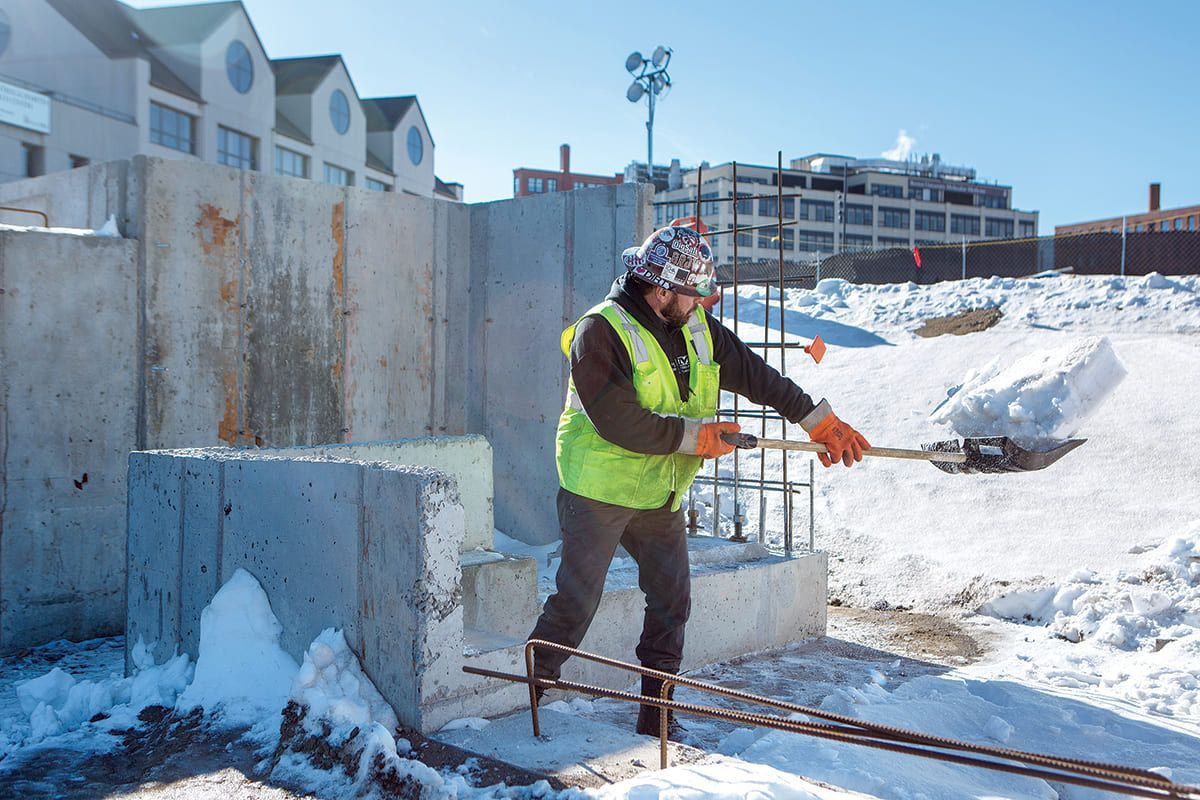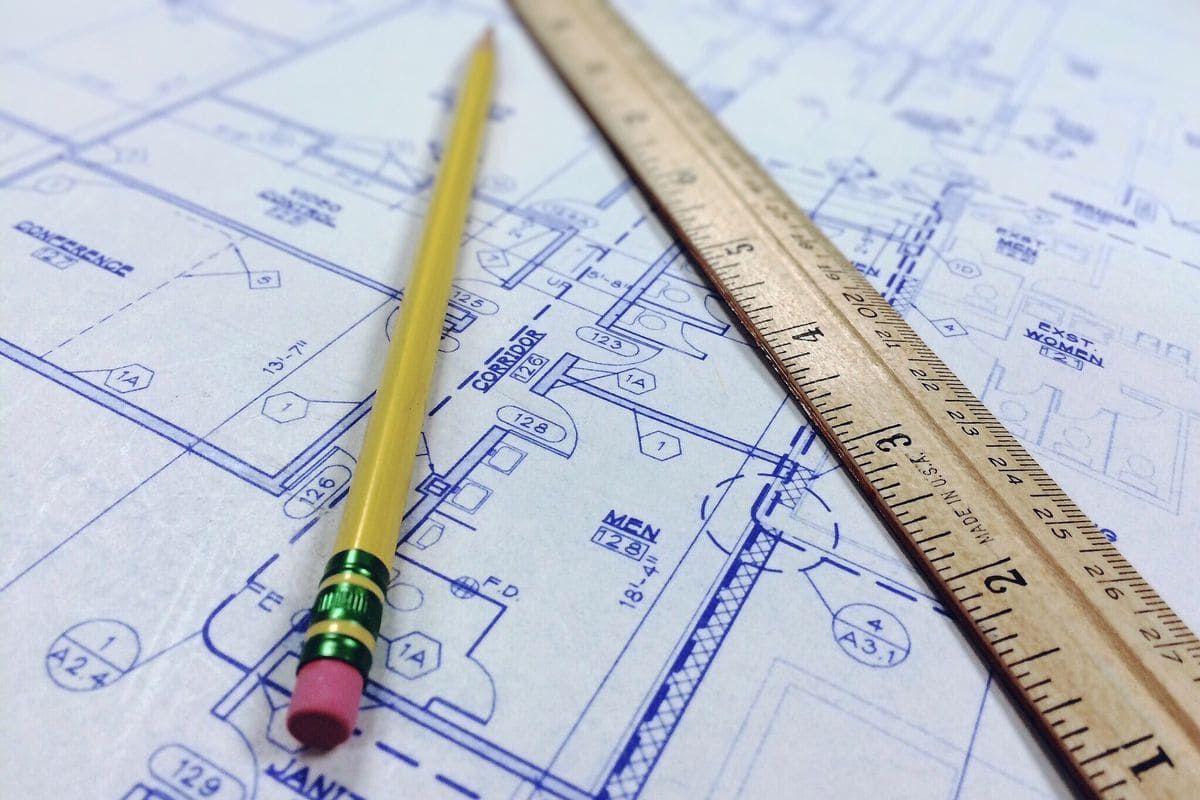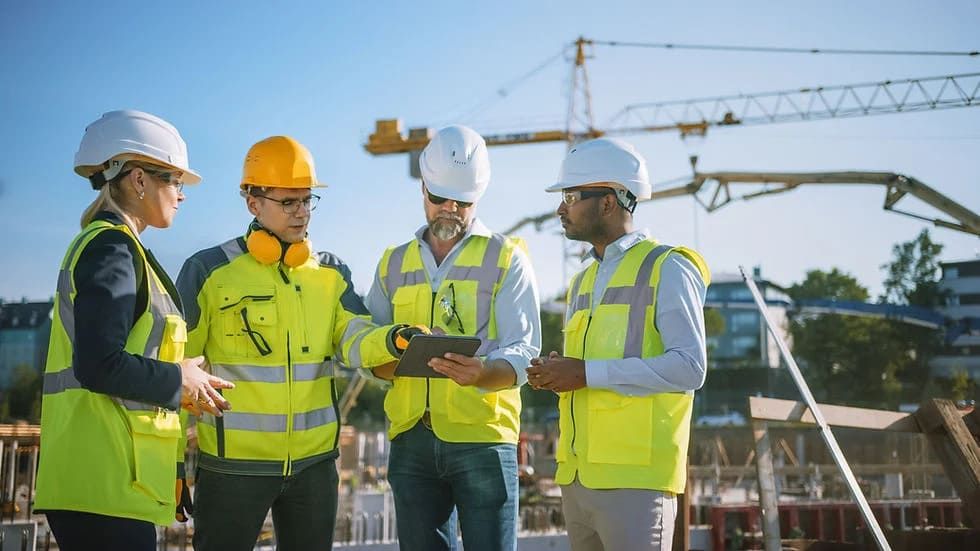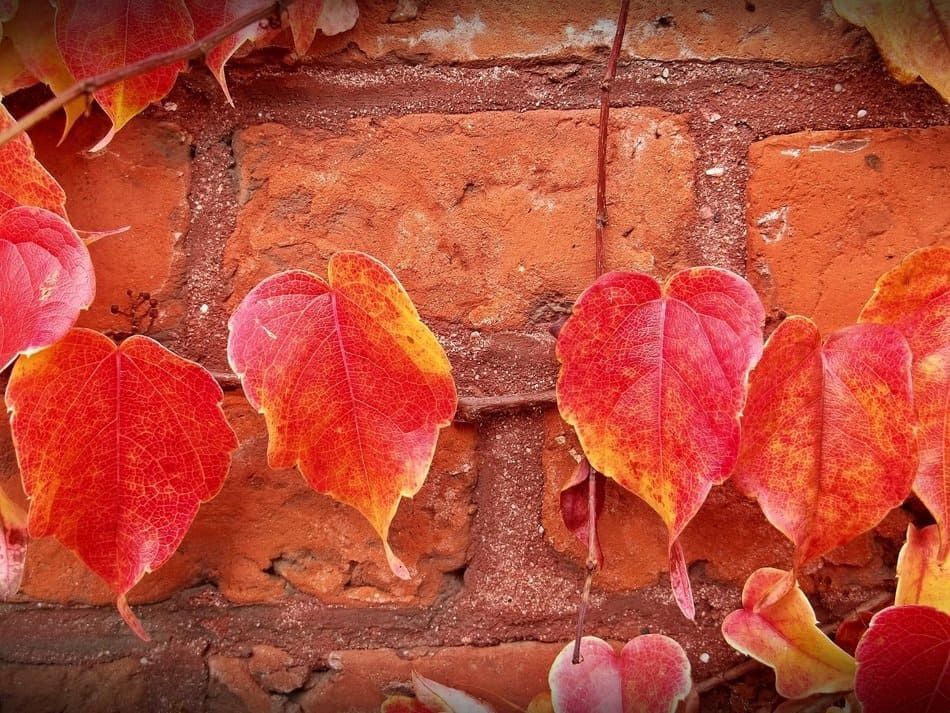Masonry structures have a wide range of environmental stressors, but summer heat can be particularly damaging. When temperatures rise, concrete facade restoration and masonry lintel repair become pressing concerns due to thermal expansion and contraction. Understanding how heat affects masonry and taking proactive measures can prevent costly repairs and extend the life of your building’s envelope.
How Summer Heat Affects Masonry
Masonry materials (brick, stone, and concrete) expand when exposed to high temperatures. This thermal movement can lead to:
- Cracking: Expansion and contraction cycles create stress, leading to cracks in facades, lintels, and joints.
- Spalling: Moisture trapped in masonry can cause pieces of brick or stone to break off when heated.
- Joint Failure: Mortar joints expand and contract differently than brick or stone, leading to separation and gaps.
- Structural Shifts: Over time, repeated thermal cycles may lead to facade misalignment or instability.
Thermal expansion can cause significant issues in your masonry structures, including cracking of both mortar and bricks, which can lead to water penetration.
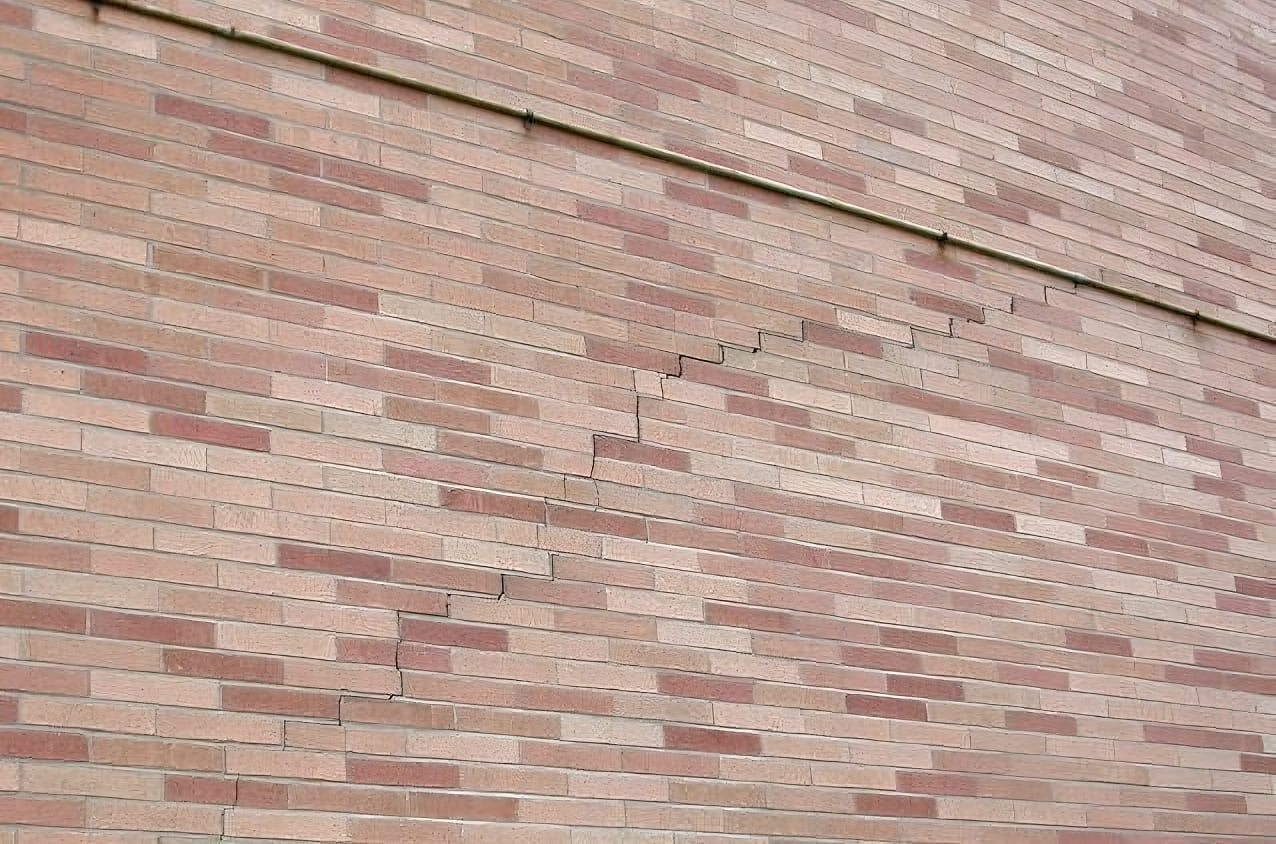
Key Preventative Measures for Masonry Protection
1. Monitor and Maintain Expansion Joints
Expansion joints are essential for allowing movement within masonry structures. Making sure these joints are intact and functioning correctly helps prevent cracks and structural damage.
- Inspect joints regularly for signs of failure.
- Replace deteriorated joint sealants with high-performance materials.
- Consider sealant repair services to ensure proper application.
2. Proactive Crack and Facade Repairs
Addressing small cracks before they worsen is important. You should schedule restoration services before the summer heat intensifies.
- Perform a spring inspection to identify minor cracks.
- Utilize professional concrete facade repair contractors to ensure proper bonding and reinforcement.
- Monitor previously repaired areas for signs of movement or re-cracking.
The International Institute of Building Enclosure Consultants (IIBEC) states that concrete repair services such as protective coatings, sealers, corrosion-inhibitors, and cathodic protection will typically offset the initial cost when considering the service life.
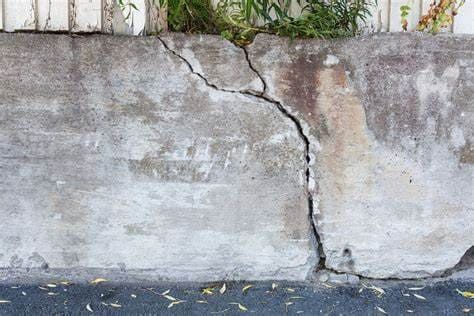
3. Masonry Cleaning and Surface Treatments
Heat can speed up the deterioration of your masonry surfaces, especially when pollutants and biological growth are present. Implementing restorative masonry cleaning can mitigate these effects.
- Use non-abrasive methods to remove surface contaminants.
- Apply breathable masonry sealers to reduce water absorption without trapping moisture.
- Make sure cleaning is performed by experts in restorative masonry cleaning to prevent unintended damage.
4. Address Balcony and Facade Issues Early
Buildings with balconies are particularly vulnerable to heat-induced stress. Concrete balcony repair services are key for preventing progressive damage.
- Inspect balcony slabs and railings for cracks or deterioration.
- Repair spalling concrete to maintain structural integrity.
- Schedule concrete balcony restoration before summer’s peak to avoid emergency repairs.
Data from the North American Deck and Railing Association indicates that the number of deck and balcony failures resulting in injuries has been increasing at a high rate over the last decade.
5. Protect Tuckpointing and Mortar Joints
Mortar joints play a big role in masonry durability. Summer heat can accelerate mortar erosion, making tuckpointing an essential preventive measure.
- Check for signs of deteriorating or missing mortar.
- Schedule commercial masonry tuckpointing to restore weather resistance and appearance.
- Use high-quality mortar mixes designed to withstand thermal fluctuations.
According to Tuckpointer, it is recommended to inspect mortar joints every 5 to 10 years and proceed with tuckpointing if necessary.
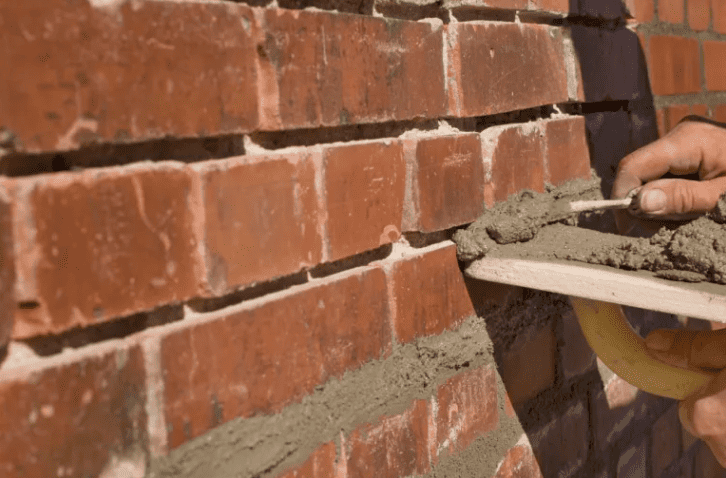
The Cost of Neglecting Thermal Expansion Damage
Delaying masonry maintenance can lead to major financial and structural consequences:
- A small crack in a concrete facade can expand rapidly, leading to water infiltration and freeze-thaw damage.
- Neglected lintels can result in load-bearing failures, requiring extensive reconstruction.
- Unchecked balcony deterioration can lead to safety hazards and liability risks.
According to a Congressional Research Service report, when a component system deteriorates significantly, emergency repairs may be required, which can cost three to ten times more than scheduled maintenance.
Partner with RestoreWorks for Expert Masonry Solutions
Summer heat doesn’t have to be a threat to your building. RestoreWorks specializes in commercial masonry restoration and structural repairs that keep your property protected year-round.
Contact us today to schedule a professional masonry inspection and make sure your building is prepared to handle the summer heat.

